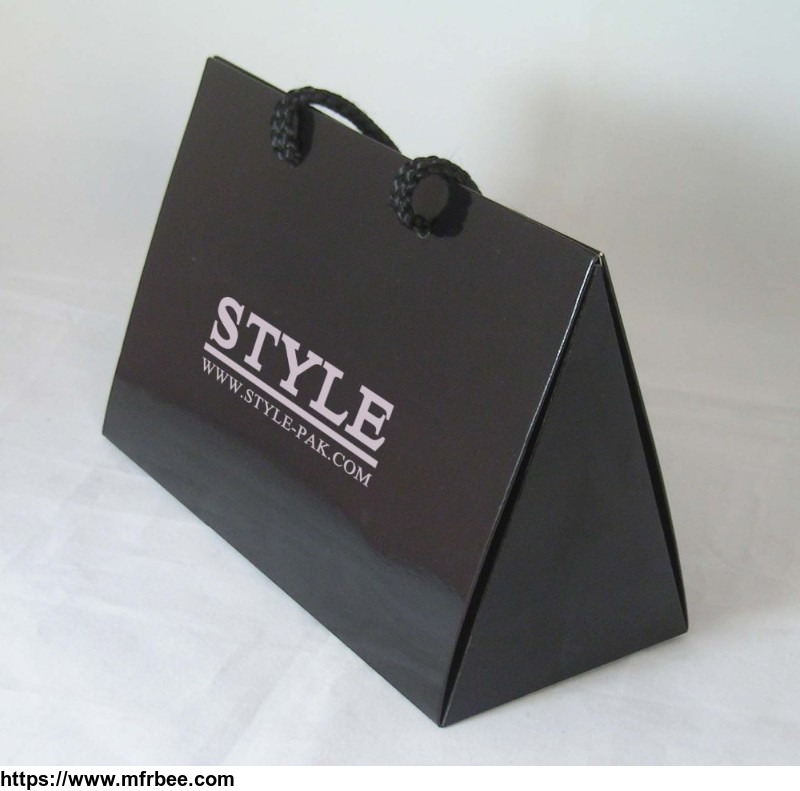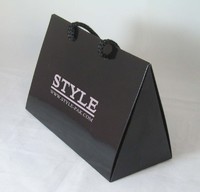business paper bags cheap paper gift bags with handles
Specifications
Paper Bags Manufacturer, custom personalized printed paper shopping bag, brown &
kraft paper
Packaging material permeability theory
?
As early as 1830, Mitchell (Mitchell) on the rubber off of different gas permeability. In 1866, Graham (Graham) in the philosophical journal published his theory of permeability. His various
gas diffusion through the porous solid principle has Shenzhan insights, and found the relative velocity of various gases escaping through the rubber thin shy different from the rate of
diffusion through porous solid, and, gas escape velocity is independent of the size of its density.
罗布路斯基 (Wroblewski, 1879 Nian) did some of the earliest measurements and proposed two possible mechanisms. If the surface of the film is hampered by gas, the thickness of the film is a
secondary factor, on the contrary, if the gas is Yung Chang through the surface of the film, its thickness will affect the size of the gas through the resistance. His findings that he made
the second. He assumed:
(1) When the rubber is exposed to the gas, it can absorb a certain portion of its gas equivalent (that is, its absorption coefficient) right from the body, and that this part of the
absorption of A will vary with changes in temperature.
(2) the amount of gas absorbed rubber and is proportional to the partial pressure of the gas.
(3) If the film is only one side of the rubber in contact with the gas and the other surface contact vacuum, then adjacent to the diaphragm surface of a thin layer of gas will immediately
absorb the gas, the gas film absorption of the gas concentration and the whole piece was immersed in sheet as absorbed concentration. Contacting the vacuum side, a thin layer of the surface
does not absorb the gas.
Internal (4) materials will obey Fick (Fick) retaining loose laws.
- Country: China (Mainland)
- Business Type: Manufacturer
- Market: Americas
- Founded Year: ningbo
- Address: jintian
- Contact: hansen huang










